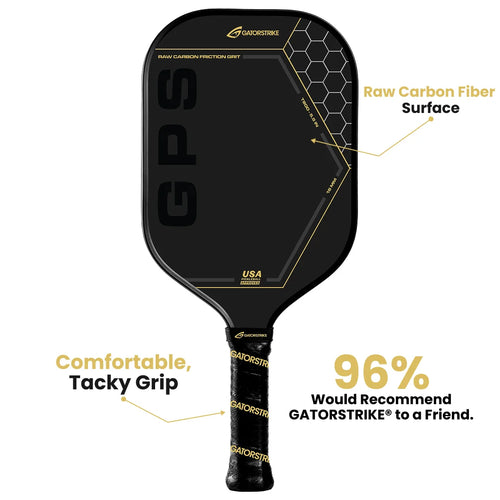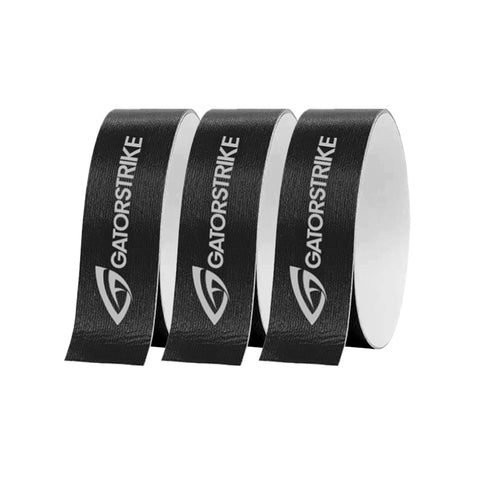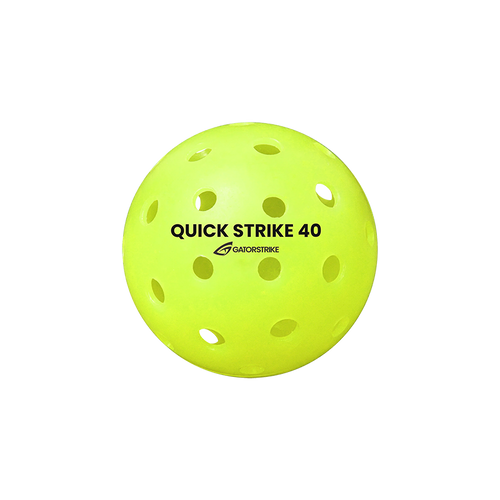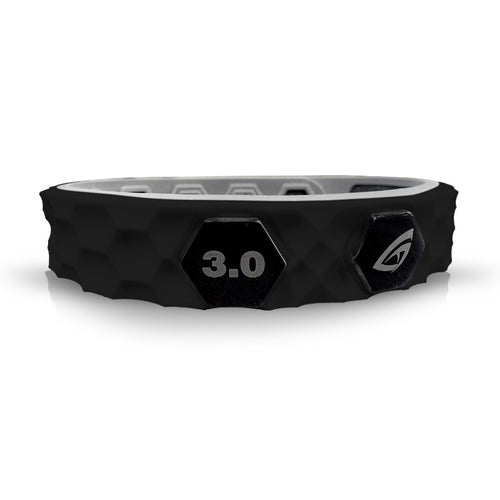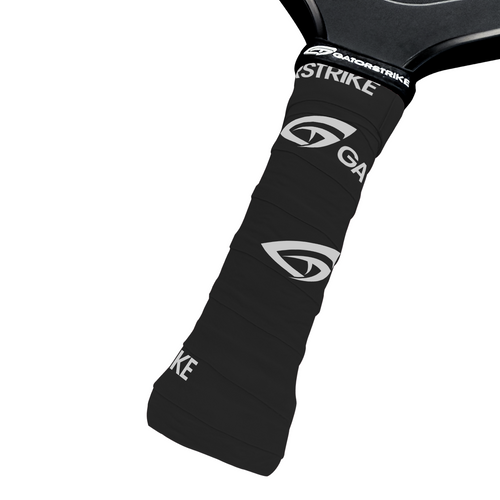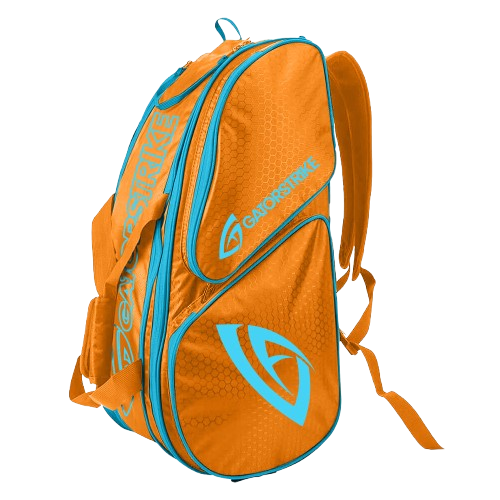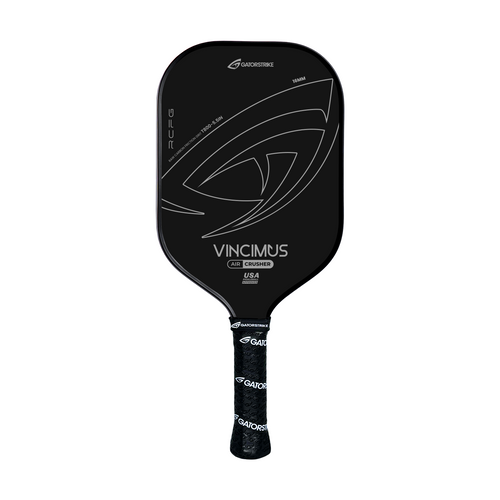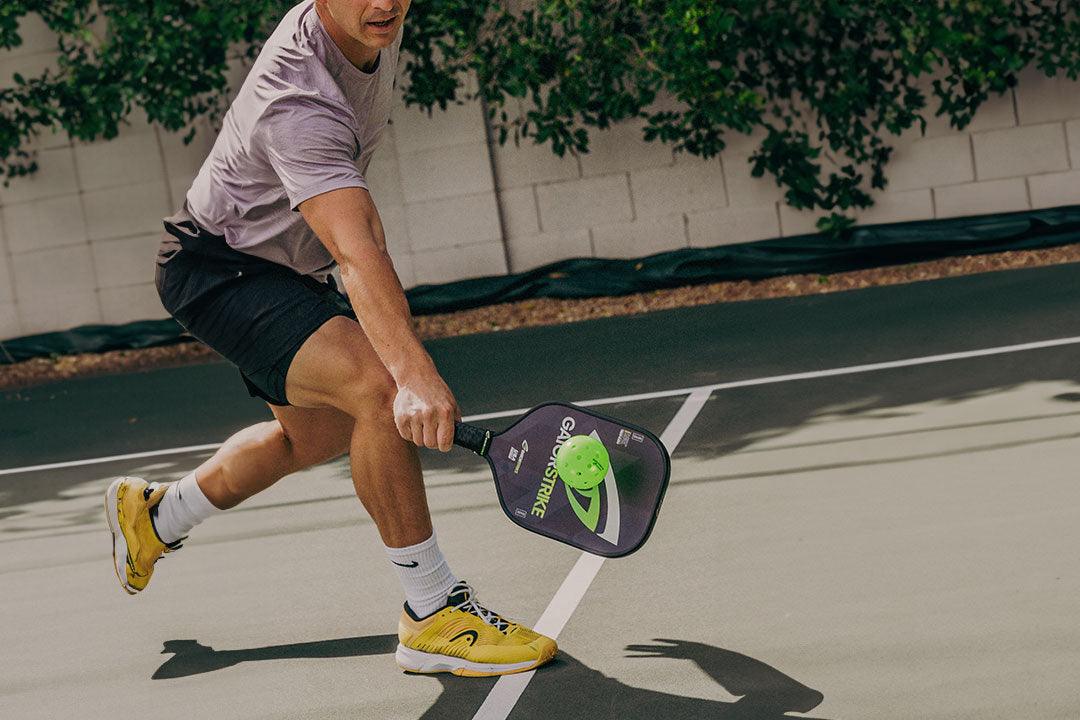
Improve Your Pickleball Serve in 5 Easy Steps
Share
Introduction
The serve in pickleball is more than just a means to start a point; it is a strategic weapon that can set the tone for the entire rally. Mastering your serve can give you a significant advantage, placing immediate pressure on your opponent and setting you up for success. Whether you're a novice or an experienced player, refining your serve is essential for elevating your game. This guide will walk you through five easy steps to help you develop a powerful, accurate, and consistent serve that can take your pickleball game to the next level.
Understanding the Importance of a Solid Serve
The serve is the only shot in pickleball that you have complete control over, making it a crucial part of your overall strategy. A well-executed serve can disrupt your opponent's rhythm, forcing weak returns that you can capitalize on. Conversely, a poorly executed serve can hand the initiative to your opponent, making it difficult for you to recover. Understanding the importance of a solid serve is the first step in improving your game. By dedicating time and effort to this foundational skill, you can gain an edge that consistently puts you on the offensive.
Mastering the Grip
The grip is the foundation of a successful serve. The way you hold your paddle directly affects the control, power, and spin you can impart on the ball. The continental grip, often referred to as the "handshake grip," is widely recommended for serving. This grip allows for versatility, enabling you to hit a variety of serves with minimal adjustment. To achieve the continental grip, imagine shaking hands with your paddle, placing the base knuckle of your index finger on the second bevel of the handle. This grip should feel natural and firm, yet relaxed, allowing you to maintain control while generating the necessary wrist action for spin and placement.
Perfecting Your Stance and Footwork
A consistent serve begins with proper stance and footwork. Your stance provides the stability and balance needed for a controlled and accurate serve. Start by standing behind the baseline, with your feet shoulder-width apart and your body slightly angled toward your target. Your non-dominant foot should be positioned slightly ahead of your dominant foot, creating a balanced, athletic posture. As you prepare to serve, shift your weight from your back foot to your front foot, using this momentum to drive the ball forward. This weight transfer not only adds power to your serve but also helps maintain your balance, ensuring a smooth follow-through.
Developing a Consistent Swing
Consistency is key to a reliable serve. A consistent swing allows you to place the ball accurately, minimizing unforced errors and maximizing your control over the game. Begin your swing with a relaxed backswing, keeping your paddle low and close to your body. As you swing forward, focus on a smooth, controlled motion, ensuring that your paddle contacts the ball below your waist. The follow-through is crucial—your paddle should continue its upward trajectory after making contact with the ball, helping to generate the necessary lift and spin. Avoid abrupt or jerky movements, as these can lead to inaccuracies and reduce the effectiveness of your serve.
Incorporating Spin and Power
Once you have developed a consistent swing, you can begin to incorporate spin and power into your serve. Spin adds an element of unpredictability to your serve, making it more difficult for your opponent to return. Topspin, for example, causes the ball to dip quickly after crossing the net, while backspin makes the ball skid low upon bouncing. To generate topspin, brush up on the ball with your paddle, while for backspin, use a slicing motion. Power, on the other hand, is generated by engaging your entire body in the serve. Use your legs, core, and shoulders to add force to your swing, but remember that control should never be sacrificed for speed. The goal is to strike a balance between power and precision, allowing you to deliver a serve that is both challenging and consistent.
Practicing for Consistency
Practice is the cornerstone of improvement in any sport, and pickleball is no exception. To develop a consistent serve, regular, focused practice is essential. Set aside time in each practice session to work solely on your serve, aiming to hit the same spot on the court repeatedly. Vary your targets, focusing on different areas of the service box to improve your accuracy and adaptability. As you practice, pay attention to the rhythm and tempo of your serve, ensuring that each movement—from your grip to your follow-through—is smooth and deliberate. Over time, this repetition will help you develop a serve that you can rely on in any situation, providing a solid foundation for your overall game.
Common Mistakes and How to Avoid Them
Even experienced players can fall into common serving pitfalls that undermine their performance. Overhitting is a frequent issue, often caused by trying to add too much power without the necessary control. To avoid this, focus on a smooth, controlled swing rather than sheer force. Underhitting, on the other hand, usually occurs when players fail to engage their entire body in the serve, leading to weak, ineffective shots. Ensure you're using your legs and core to generate power, rather than relying solely on your arm. Inconsistent tosses can also throw off your entire serve. Practice your ball toss separately, aiming for a consistent height and placement every time. Being aware of these common mistakes and actively working to correct them will help you refine your serve and reduce unforced errors.
Mental Preparation and Focus
The mental aspect of serving is just as important as the physical technique. Serving can be a high-pressure moment, especially in close matches, and maintaining mental focus is crucial. Develop a pre-serve routine to help calm your nerves and center your thoughts. This routine might include deep breaths, visualizing the target area, or mentally rehearsing your swing. Staying focused and confident during your serve can make a significant difference in your overall performance, helping you maintain consistency and control under pressure.
Adding Variety to Your Serve
Variety is a powerful tool in pickleball, especially when it comes to serving. By mixing up your serves, you can keep your opponent guessing and disrupt their rhythm. Try alternating between different types of serves—such as flat, spin, and lob serves—to add unpredictability to your game. Each type of serve has its own strategic advantages. For example, a deep serve can push your opponent to the back of the court, giving you control of the net, while a short serve can force them into a difficult return. Incorporating variety into your serve will make you a more versatile and challenging opponent, enhancing your overall effectiveness on the court.
Conclusion
Improving your pickleball serve is a process that requires attention to detail, regular practice, and a willingness to refine your technique. By focusing on mastering your grip, perfecting your stance and footwork, developing a consistent swing, incorporating spin and power, and practicing for consistency, you can transform your serve into a powerful weapon on the court. Remember, the serve is the first shot of every rally, and it sets the tone for the entire exchange. With dedication and focus, you can develop a serve that not only starts each point on the right foot but also gives you a decisive advantage over your opponents.